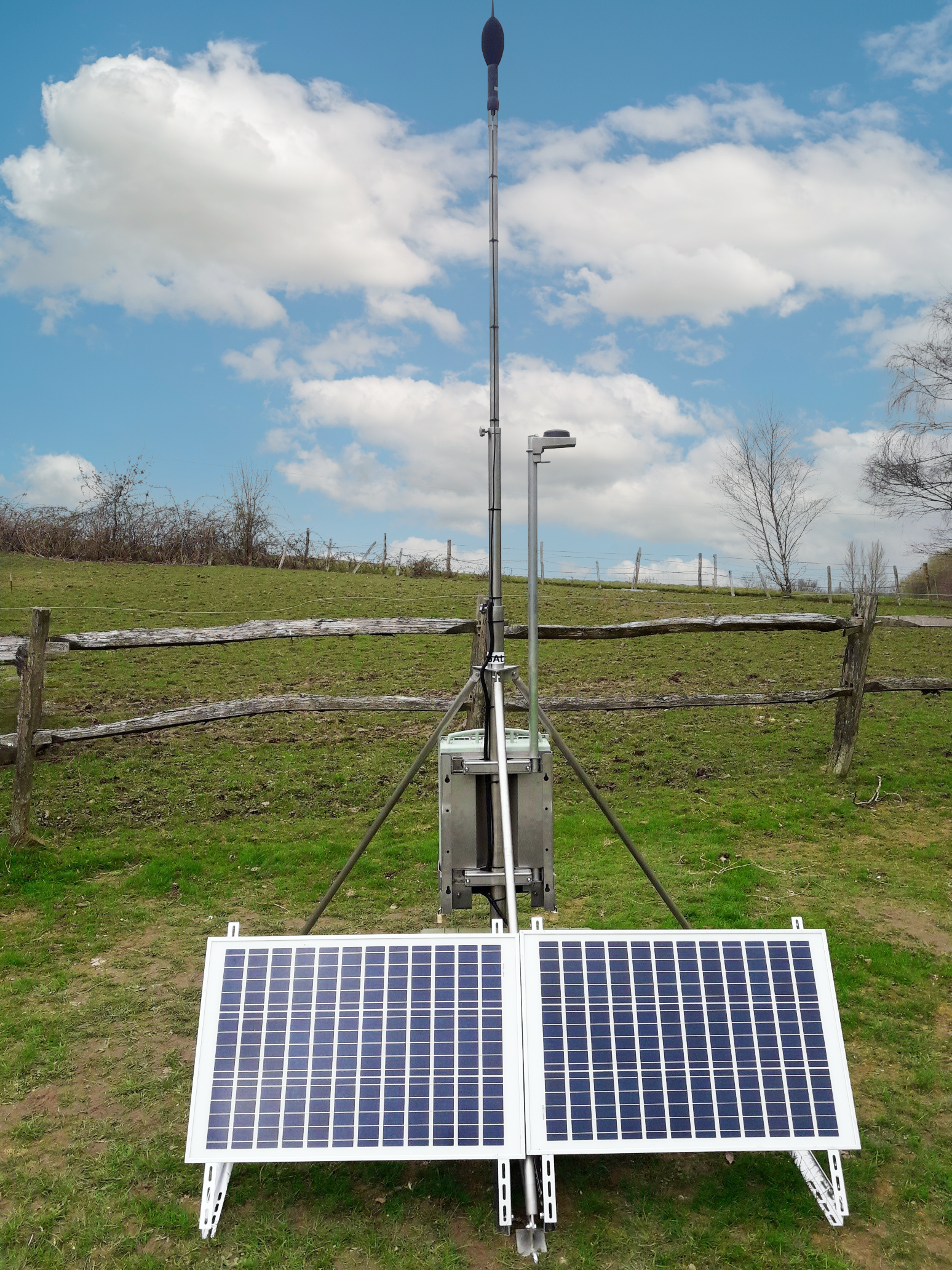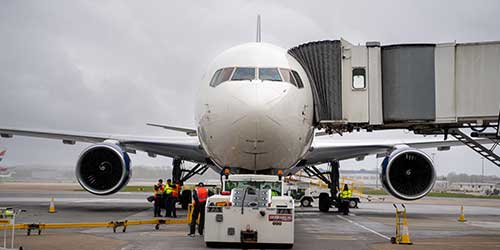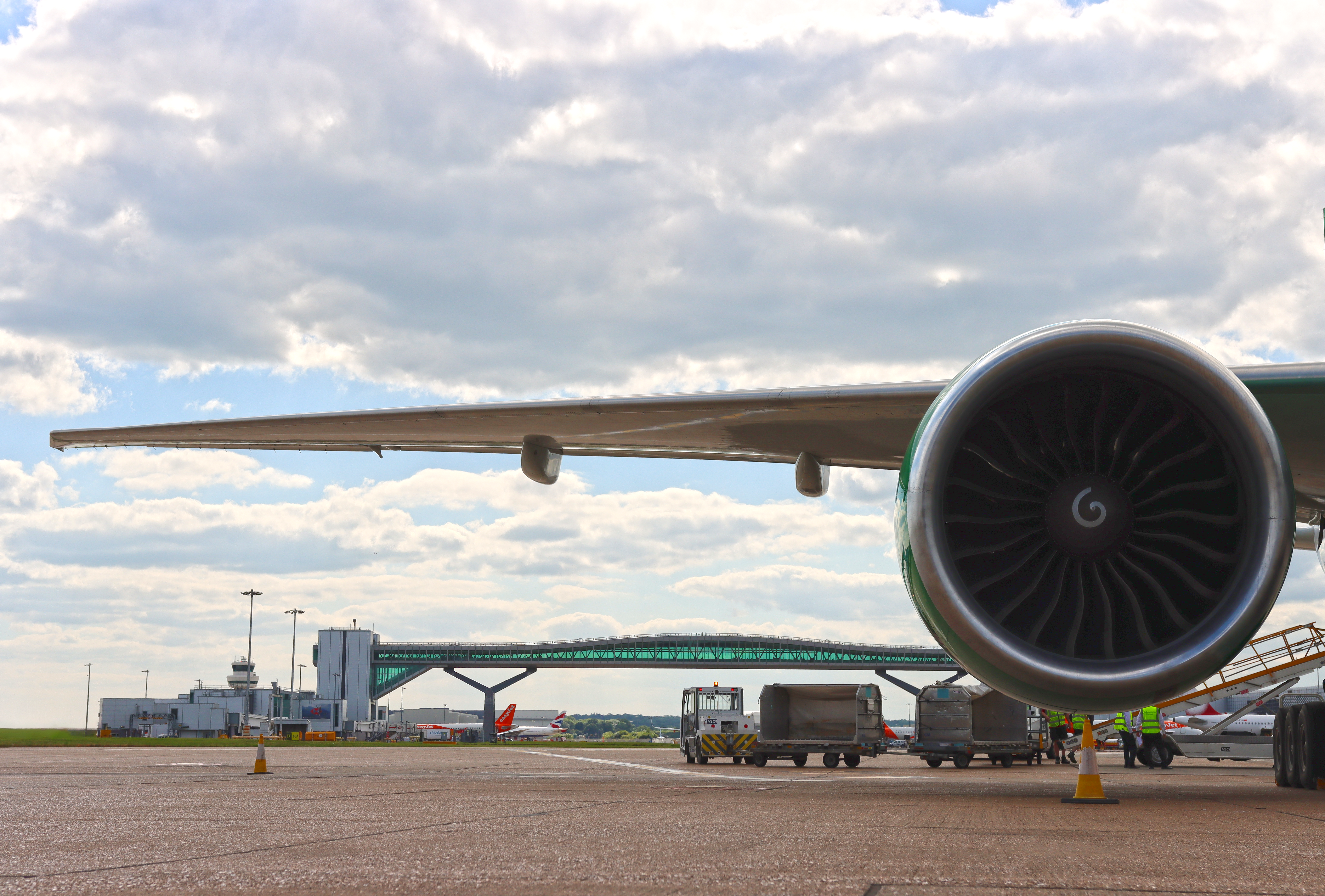Under the Environmental Noise (England) Regulations 2006, we are required to produce a Noise Action Plan. This plan needs to provide a thorough and effective driver for aircraft noise management and mitigation around the airport.
This Noise Action Plan is the fourth revision to the action plan, building on the foundations set by the previous versions.
In revising the Noise Action Plan, we consulted the:
![]() Gatwick Airport Consultative Committee (GATCOM)
Gatwick Airport Consultative Committee (GATCOM) ![]() Noise and Track Monitoring Advisory Group (NaTMAG)
Noise and Track Monitoring Advisory Group (NaTMAG) ![]() Noise Management Board (NMB)
Noise Management Board (NMB)
For the purposes of the Regulations, it was agreed with GATCOM that NaTMAG would fulfil the role of primary consultee on behalf of GATCOM.

In creating our Round 4 plan we adopted a ‘Review and Revise’ approach to the consultation and Noise Action Plan development process in line with the Department for Environment, Food and Rural Affairs (Defra) guidance. It involved:
![]() A document review and data gathering, including a review of progress reports and feedback received through the oversight process of the current plan
A document review and data gathering, including a review of progress reports and feedback received through the oversight process of the current plan
![]() The production of a baseline report on the current plan
The production of a baseline report on the current plan
![]() Benchmarking against other UK and EU airport Noise Action Plans
Benchmarking against other UK and EU airport Noise Action Plans
![]() The development and consideration of candidate actions, including capture of existing/future noise management portfolios of activity (i.e. the NMB and its workplan)
The development and consideration of candidate actions, including capture of existing/future noise management portfolios of activity (i.e. the NMB and its workplan)


The International Civil Aviation Authority (ICAO) requires airports in Europe to use the ICAO Balanced Approach when managing aircraft noise. Basing London Gatwick's Noise Action Plan around the pillars of the Balanced Approach was supported by local stakeholders when considering our Round 4 Noise Action Plan.
The approach consists of actions in four areas:
![]() Reduction of noise at source
Reduction of noise at source![]() Land-use planning and management policies
Land-use planning and management policies![]() Noise abatement operational procedures
Noise abatement operational procedures![]() Operating restrictions
Operating restrictions
The Balanced Approach intends for the pillars to be implemented in a sequential manner. Initial efforts must focus on reducing noise at source and this must remain the priority in focus of noise management efforts. Where reduction at source effort is not yielding results, noise abatement operational procedures must be considered, and so on.
Reduction of noise at source
The technology involved in aviation is improving all the time. Adoption of measures that ensure those living around airports, who are impacted by aircraft noise, benefit from these improvements through airports proactively encouraging operators to implement the latest noise reduction technology available.
Actions:
 We will continue to be vigilant in respect of aircraft with industry acknowledged acoustic issues and seek to resolve such issues through appropriate means.
We will continue to be vigilant in respect of aircraft with industry acknowledged acoustic issues and seek to resolve such issues through appropriate means. We will continue to maintain a charging differential in our published airport charges which incentivises the use of aircraft with the best-in-class noise performance.
We will continue to maintain a charging differential in our published airport charges which incentivises the use of aircraft with the best-in-class noise performance. We will continue to review and report adherence to the effectiveness of our ground noise operational controls.
We will continue to review and report adherence to the effectiveness of our ground noise operational controls.
Land-use planning and management
Policies involve identifying areas affected by higher levels of aircraft noise and then restricting the land use and type of buildings that can be constructed in those areas. Land-use planning is designed to ensure that aircraft noise management gains achieved are not offset by further residential development close to the airport. It should be recognised that land-use planning is considered a long-term strategy and should not be based on short-term or current contour maps. Thus, there is a continued need to take future levels of aircraft activity at an airport into account during any new land-use planning.
Actions:
 We will review our acoustic insulation schemes to ensure they remain appropriate and relevant.
We will review our acoustic insulation schemes to ensure they remain appropriate and relevant. We will monitor the number of additional residential units being created annually within the vicinity of the airport.
We will monitor the number of additional residential units being created annually within the vicinity of the airport. In respect of the second southern runway, we will continue to offer to purchase those properties of owners suffering from a high level of noise and/or a large increase of noise.
In respect of the second southern runway, we will continue to offer to purchase those properties of owners suffering from a high level of noise and/or a large increase of noise. We will continue to offer a Noise Insulation Scheme (NIS) that helps with the cost of acoustically insulating homes against the effects of aircraft noise within the NIS boundary
We will continue to offer a Noise Insulation Scheme (NIS) that helps with the cost of acoustically insulating homes against the effects of aircraft noise within the NIS boundary We will continue to offer a scheme for acoustic insulation to non-residential noise sensitive buildings within the 60 dBLAeq noise contour.
We will continue to offer a scheme for acoustic insulation to non-residential noise sensitive buildings within the 60 dBLAeq noise contour. We continue to review residential land-use legislation and policies and seek to influence them where practicable.
We continue to review residential land-use legislation and policies and seek to influence them where practicable.
Noise abatement operational procedures
Adoption of airport-specific procedures that demonstrate best practice noise mitigation techniques, improving the way aircraft are operated day-to-day may also provide opportunities to manage aircraft noise impacts on the ground. Supporting, for example, the use of the best available flying techniques by airlines, and providing routes designed to minimise noise exposure on the ground, also provide opportunities to manage noise impacts. Existing noise abatement procedures will continue, and no new actions were identified as a result of the Noise Action Plan.
Actions:
 We will improve operational performance to reduce arrivals noise
We will improve operational performance to reduce arrivals noise We will improve track keeping conformance for departing aircraft on our Noise Preferential Routes (NPR)
We will improve track keeping conformance for departing aircraft on our Noise Preferential Routes (NPR) We will continue to maintain a charging differential in our published airport charges which incentivises the use of aircraft with the best-in-class noise performance
We will continue to maintain a charging differential in our published airport charges which incentivises the use of aircraft with the best-in-class noise performance We will continue to monitor and enforce our departure noise limits
We will continue to monitor and enforce our departure noise limits We will review the departure noise limits and fines for airlines that breach the limits.
We will review the departure noise limits and fines for airlines that breach the limits.
Operating restrictions
Steadily restrict aircraft operations at an airport; phase out operations of the noisiest aircraft types and enabling a continual improvement in aircraft noise management. Restrictions are usually based on the noise performance of the aircraft and are specific to the noise problem at an individual airport.
Actions:
 We will consider the voluntary phase out of the scheduling of QC2 aircraft during the core night period.
We will consider the voluntary phase out of the scheduling of QC2 aircraft during the core night period. We will consider the introduction of a daytime Noise Envelope, in accordance with the Government policy at the time
We will consider the introduction of a daytime Noise Envelope, in accordance with the Government policy at the time We will continue to administer the Department for Transport night flight regime and ensure that we operate within the prescribed air traffic movement (ATM) and Quota Count (QC) limits.
We will continue to administer the Department for Transport night flight regime and ensure that we operate within the prescribed air traffic movement (ATM) and Quota Count (QC) limits. We will continue, as far as is practicable, to take all necessary steps to manage the late running of aircraft to prevent scheduled day movements taking place during the sensitive night period.
We will continue, as far as is practicable, to take all necessary steps to manage the late running of aircraft to prevent scheduled day movements taking place during the sensitive night period.
Stakeholder engagement
Sometimes referred to as the fifth pillar, stakeholder engagement focuses on communication strategies and enhancing information for public access, as well as ensuring various non-acoustic factors are considered. London Gatwick has involved its local community in the development of the Noise Action Plan and continues community involvement through the ongoing review of actions, and acceptance of feedback through our various public groups. The nature of this engagement is consistent with guidance from Defra.

